- Learning time
- 30 minutes
- First play time
- 60 minutes
Nations: The Dice Game
Designed by: Rustan Håkansson
Nations: The Dice Game is so-named because it’s a more accessible version of the longer game Nations. In both the theme is each player is developing their individual nation, but with the dice game everything happens through… well, the clue’s in the name.
Each player is given a player board that has an empire from history (Rome, Persia, etc) on it. Apart from the name the boards are identical. Players also begin with five white dice. A communal board goes in the middle of the table and tiles are dealt to this board which the players can ‘buy’. The game is played over three ages during which time players will roll their dice and then spend them in a variety of ways. The dice don’t have pips but instead the sides show a variety of aspects to your nation’s culture and development: food, books, military, money, and ore.
The central board has three tiers and can players can buy tiles from any of these tiers in no particular order. The top tier is x3, the middle tier x2 and the bottom tier x1. What this means is if a tile shows the cost of 1 food, for instance, on the tile itself, then it only costs 1 food to buy it on the bottom tier but 2 food from the middle and 3 food from the top. When tiles are bought they are added to your player board and they give you advantages: such as exchanging one of your standard white die for a more specialist coloured die, or having a chit to spend that represents a pre-determined die roll (the chits are re-usable in every subsequent age) Some tiles are ‘wonders’ and after being purchased, these need to be built before you can harvest the rewards from them: that’s what the ore is for. Once a die has been used to buy something, it’s no longer available to you until the next age.
As well as buying the tiles, players also have the option to hold dice back for the war and famine at the end of the round: each age will score points for un-used dice and chits showing the food or military symbols. Also at the end of each round players move up on a culture track, using any books they have on their dice and chits. Being ahead in the culture track will boost you up the score track, as you get a point for every player behind you, and these points are added to the score track.
You can also use a turn to preroll instead of buy or build a tile, and at any time you can sacrifice two dice of any symbol to give you one of a third symbol: so if you need three food and only have two, you could give up a book and an ore to generate your third one and get the tile you need.
After the third age, the game ends and most points is the winner!
The guru's verdict
-
Take That!
Take That!
Unusually, direct conflict is absent from a game about competing nations. Even succumbing to both war and famine won't cost you points: you just don't gain any.
-
Fidget Factor!
Fidget Factor!
Low, although there may be the odd pause while someone agonizes over a decision late in the day...
-
Brain Burn!
Brain Burn!
Low to moderate. Essentially you're beholden to the dice, and the challenge is to manage that luck as best you can.
-
Again Again!
Again Again!
For a game that describes an arc of centuries, Nations: The Dice Game plays rapidly and the dice guarantee variation. The tiles also come out randomly and the game supplies more than you need for any one game alone, so extra variety there.

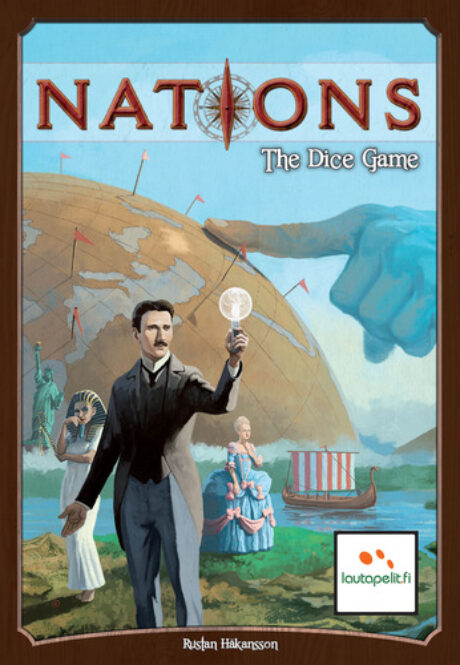
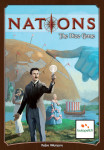
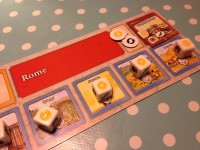
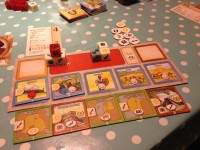
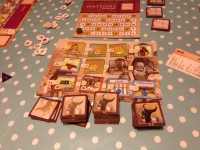


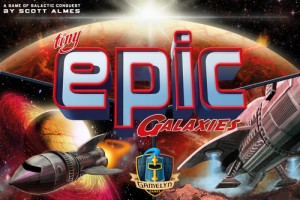
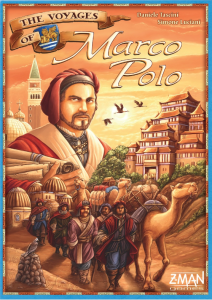
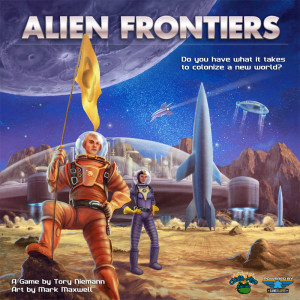
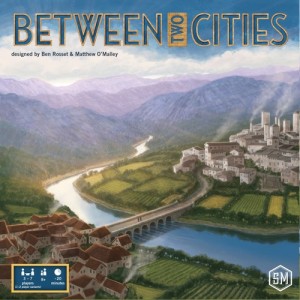
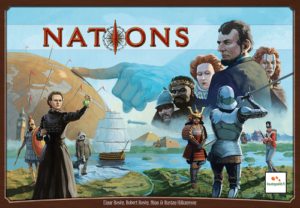
Sam says
The publisher reckons this game is suitable for ages 14+ but we think children much younger than that can pick it up. Dice abound in the world of board games but what Nations does is compress a very large theme into half an hour or less of gameplay. If you like the dice-rolling aspect - which seeds the game with a juicy streak of push-your-luck as you spend a turn re-rolling, praying for that ideal result... - it's a winner.